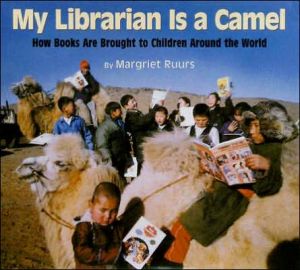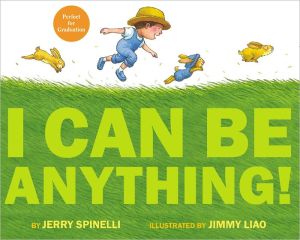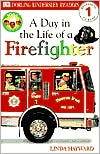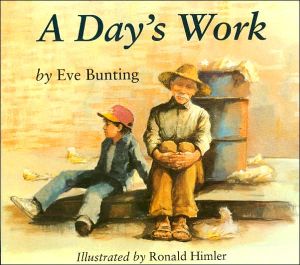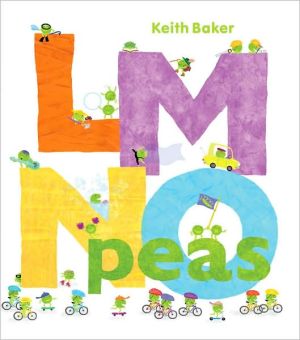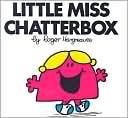My Librarian Is a Camel: How Books Are Brought to Children Around the World
Do you get books from a public library in your town or even in your school library? In many remote areas of the world, there are no library buildings. In many countries, books are delivered in unusual way: by bus, boat, elephant, donkey, train, even by wheelbarrow. Why would librarians go to the trouble of packing books on the backs of elephants or driving miles to deliver books by bus? Because, as one librarian in Azerbaijan says, "Books are as important to us...
Search in google:
\ Children's LiteratureAdults and children alike will be fascinated by this glimpse into how library books make their way into the hands of children in remote areas of the world. The book presents unusual, mostly mobile, libraries in communities of thirteen countries including Australia, Zimbabwe, Peru, and Mongolia. The inclusion of communities in England seems to be an exception to the book's theme of getting books to children in hard-to- reach locations. The text is brief and readable and the photographs are good. Each section also has a bit of information about the particular nation including a map, the national flag, and the languages spoken. Readers will learn that children in Azerbaijan and England get library books from trucks, children in Indonesia and Finland have them delivered by boat and in Thailand the library may be on the back of an elephant. Although the information is not detailed, it is a fine and interesting introduction to libraries as creative enterprises and the importance of books to children all over the globe. This book would be welcome in a home book collection, as part of a geography unit in school and of course in a library. 2005, Boyds Mills Press, Ages 4 to 8. \ —Sarah Rachel Egelman\ \ \ \ \ School Library JournalGr 3-5-Ruurs visits 13 countries and explores the manner in which librarians provide services to patrons using everything from boats and wheelbarrows to elephants. Many of the full-color photographs were actually taken by the librarians themselves. A boxed section also provides a map and basic facts about the featured country. While this is an attractive browsing item, the amount of text on each page and the textbook style of writing may discourage students from reading it cover to cover. However, with little information available about libraries of the world, this title offers a glimpse into the world of books, which several countries consider as "important as air or water." This might be an interesting revelation to many students who consider reading a laborious task and to those who take an abundance of books very much for granted.-Anne L. Tormohlen, Deerfield Elementary School, Lawrence, KS Copyright 2005 Reed Business Information.\ \ \ Kirkus ReviewsIn the U.S., we have bookmobiles and we've heard about horses used in hilly terrain, but in Thailand, elephants carry books and special metal slates so that children in rural villages can lean to read and write. A combination library/classroom created by the Railway Police Division in some old train carriages, brightly painted and refurbished, serves homeless children in Bangkok. In Kenya and Mongolia, camels carry books and boats serve the purpose in Finland and Indonesia. Ruurs uses a double-paged spread with several color photos for each of 13 countries along with a fact box that includes a small regional map (not always clear), the flag, population, some general information and the language(s) spoken in each nation. One of the more unusual books about libraries, this may also get kids thinking about children in other countries in a way that the series books never do. (world map) (Nonfiction. 8-11)\ \
